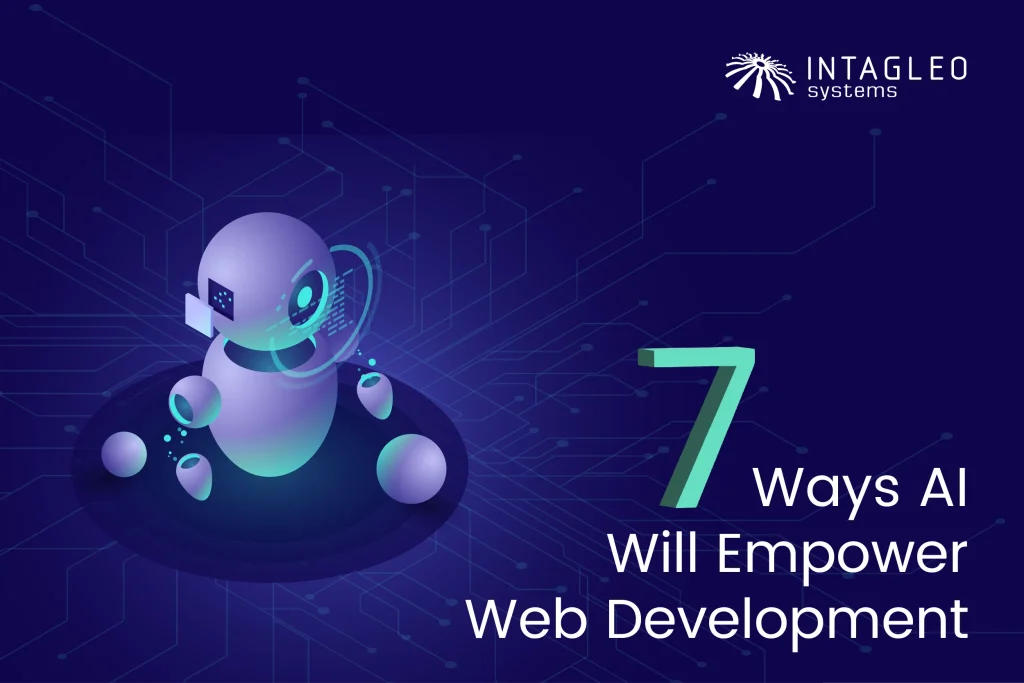The single most important approach to securing long-term growth in today’s digital era is to create and sustain a data-driven business. This entails more than just recruiting a team of IT professionals or purchasing the most up-to-date data analytics technologies; it also implies boosting your employees’ Data Literacy skills.
Data-driven enterprises must efficiently assess time-bound opportunities, create customer-centric experiences, and streamline productivity beyond the traditional success metrics. Although these may appear to be general goals for all firms, the reality is that 87.5% of enterprises have low data analytics and business intelligence (BI) proficiency. They have little or no understanding of how to execute independent projects using spreadsheet-based analysis and opportunistic business intelligence.
The modern workplace’s digitization is driving a greater number of tasks to be automated, which is enabling another shift in how we evaluate human contributions. A strategy, process, and customer interaction necessitate fewer employees producing tasks and more of them exercising judgment and making decisions. Nonetheless, if professionals are to succeed, they must learn how to use data to make better timely decisions. Data is accumulating faster than ever, and we have more data than before.
Bringing employees onto the bandwagon and eager to adequately exploit BI technologies is one of the most critical hurdles for businesses that wish to embrace data analytics power. They must have significant Data Literacy skills to be able to interpret and utilize data in their daily professional lives. It is vital to develop and hone these abilities as a prerequisite for developing and promoting a data-driven culture.
We live in the fourth industrial revolution or “Industry 4.0”, marked by a series of new technologies that merge the physical and digital worlds. Data is the gasoline that drives this new era of continuous technological advancements. As a result, data is now a valuable commercial asset. This means that data literacy — the fundamental ability to comprehend and utilize data – is an essential workplace skill for employees in various positions. To put it another way, in the coming future businesses of all sizes will demand data-literate employees who can effectively deal with data.
Employee data literacy is not the same as technical literacy, and it does not encompass the advanced abilities required of a data scientist. Instead, it is as follows:
- Data reading, and analysis
- Data-driven storytelling, argumentation, and persuasion
- Decisions based on data insights that are in line with business objectives
- Improving efficiency, personalization, and problem-solving with data
In a typical business context, data literacy is being able to: obtain relevant data, deal with data, interpret information in numbers, and convey those insights to others in the organization. Handling data entails generating data, collecting data, administering data to verify its accuracy, and, of course, keeping data safe. Gain more understanding of the numbers, and comprehend what the data entails, which is often accomplished through the use of business analytics tools to extract insights from the data, identify business prospects and share those findings. In order to transform insights into action, one must be able to communicate critical messages to business decision-makers.
According to one Accenture survey, although 75 percent of C-suite executives believe that all or a majority of their workforce have the capability to deal with data efficiently, only 21 percent of employees (across a variety of professions) are completely confident in their data literacy skills. Something is clearly wrong here.
The real kicker is that there are numerous ways for you to improve your data literacy skills as an individual. To get you started, here are the three most important steps:
1. Data Literacy Training Programs
First and foremost, if your business does not have a data literacy training program, develop one. If training isn’t a possibility, there are a plethora of e-learning tools available that could teach you how to manage data, addressing all from basic data skills to advanced machine learning skills. Look into educational portals like Coursera and Udemy, as a good beginning point. You can also find data literacy courses tailored to specific industries. A basic statistics course would also help in understanding the fundamentals of data and analytics. To learn more about effective communication of data insights to others in the business, a basic data visualization course can also be opted for.
2. Find a data mentor.
Either a data professional or even a data scientist at the workplace could help to mentor, as he/she would be familiar with exploring the reporting systems, basing decisions on facts rather than sentiments, and leveraging numbers to support decisions.
3. Use the right tools
Like technologies, data also has a steep learning curve. Consider simple-to-use tools for your organization. The right tool facilitates data analysis and understanding. Hence, instead of developing a new tool, use ordinary tools that everyone at the workplace is already familiar with. The process of data learning and developing insights would become relevantly easier due to easy access to data processing tools.
Enhancing data literacy entails more than simply assisting your employees in making the most of the information available to them. One of the most prevalent hurdles that businesses encounter today is a lack of data literacy. Businesses continue to rely on data to provide actionable insights, but if your employees are not kept up to date, it may stifle their long-term progress.
At Intagleo, we make certain that our employees are given access to the best tools and resources available so that they can stay ahead of the curve in this revolutionary era of technologies.
Want to be a part of our team of top professionals and experts? Contact us now!


